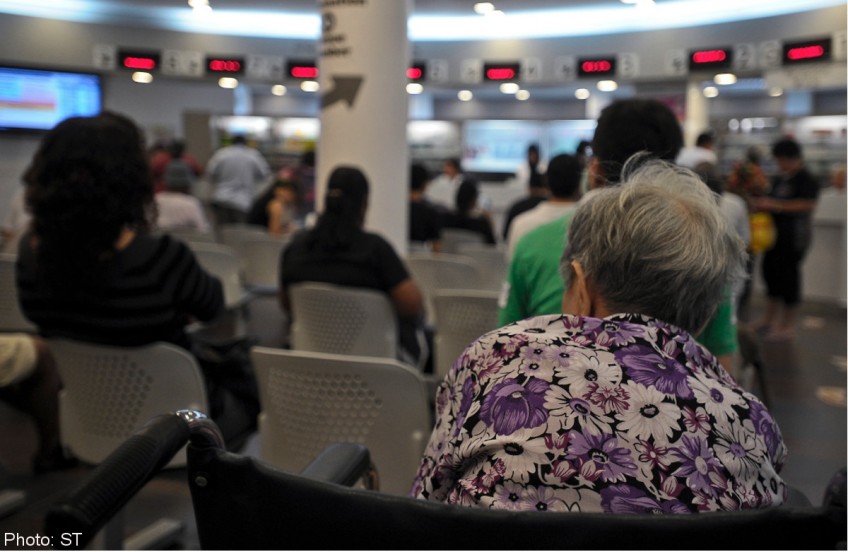Standardise subsidised patients' fees at polyclinics, hospitals


SINGAPORE - The services are essentially the same, but the fees charged by different public hospitals and polyclinics can vary by as much as 50 per cent.
To most patients, this makes little sense. Why should they pay so much more at one hospital compared with another - especially since the Government subsidises much of the cost?
Recently, Singapore General Hospital (SGH) and Khoo Teck Puat Hospital (KTPH) raised their emergency department fees, and some bed and consultation fees.
SGH increased its emergency department fee from $99 to $108 while charges at KTPH went up from $98 to $103.
Alexandra Hospital charges just $88 for emergency services - the lowest among Singapore's six public general hospitals.
Is the $20 more that SGH charges - the highest among public hospitals - because it provides a better level of care? Or because Alexandra Hospital administrators are better at keeping costs down?
SGH chief executive officer Ang Chong Lye explained that the increase in its emergency department charges, along with those for its consultation and ward fees, will help improve facilities which are more than 30 years old.
But if public hospitals are built and maintained by the Government, why should improvements and renovations come from patients' fees?
It may be time the Ministry of Health stepped in to standardise fees - at least those for subsidised patients.
A $20 to $30 difference might not mean much to a hospital administrator, but it can be an extra burden for patients who already rely on health-care subsidies for what are essentially the same services.
Patients cannot be expected to shop around for the cheapest rates - especially when it comes to emergencies. In such cases, the ambulance simply takes the patient to the nearest public hospital - regardless of fees.
And if a Jurong resident needs to see a family physician at a polyclinic for his chronic ailment, that person is unlikely to make the trip to the eastern part of the island, where SingHealth polyclinics charge $22.
But that will not stop him from wondering why the Jurong polyclinic run by the National Healthcare Group charges $29.20.
Similarly, Tan Tock Seng Hospital (TTSH) charges either $75 or $84 for a B2 class bed - depending on whether it has an attached toilet. Again, patients are not given a choice but simply pay the different fee depending on where they are placed.
At Khoo Teck Puat Hospital - where even C-class wards have en suite toilets and bathrooms - a B2 bed costs $70. This means that TTSH charges $14, or 20 per cent, more than KTPH. In fact, even its B2 wards with no en suite facilities cost $5 more.
Is there any logic to such disparate pricing?
While restructured hospitals and polyclinics should be given some leeway in how they run their services and pay their doctors, the ministry should ensure that for subsidised patients, the fees they charge are the same.
This should also apply to subsidised wards in hospitals and to outpatient treatment at specialist clinics, which also vary from one hospital to another.
This can be done either with bigger subsidies where charges are higher, or by insisting that all hospitals and clinics charge the same fees.
If the current system continues, the ministry should explain why it allows such differences in prices. Giving autonomy to public institutions should not be done at the expense of subsidised patients.
salma@sph.com.sg
This article was published on April 15 in The Straits Times.
Get a copy of The Straits Times or go to straitstimes.com for more stories.